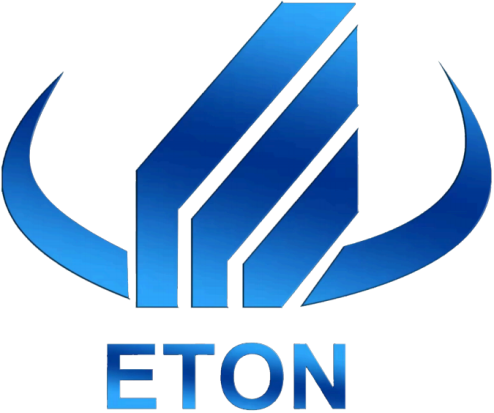The concentration of the LED industry is increasing year by year, and investment enthusiasm remains unabated.
Published Time:
2021-08-04
At the beginning of 2017, Mulin Sen invested 1.035 billion yuan in a new LED lighting component project in Xinyu; Guangpu Shares, which successfully transferred from the NEEQ to the A-share market, invested 132 million yuan in an LED lighting product expansion project on May 25.
At the beginning of 2017, Mulin Sen invested 1.035 billion yuan in a new LED lighting component project in Xinyu; Guangpu shares, which successfully transferred from the NEEQ to the A-share market, invested 132 million yuan in an LED lighting product expansion project on May 25; and on June 9, Chaofengsan invested 187 million yuan in a heat sink production base construction project. Although the development of the LED lighting industry is gradually maturing and market competition is becoming increasingly fierce, large enterprises focusing on the lighting industry are still enthusiastic about investment and expansion.
This issue summarizes the investment situation in LED lighting projects in China from 2016 to the present, for reference only.
From 2016 to May 2017, investment in semiconductor lighting industry projects in China was active, with packaging and application being the hotspots for investment, and regional distribution concentrated in the southeastern coastal areas.
At the same time, few new projects were built; most projects were expansion projects based on existing projects.
According to incomplete statistics, the total number of investment projects involving the upstream, midstream, and downstream of the LED industry chain and related material supporting fields from 2016 to May 2017 has significantly decreased compared to 2015.
From a regional distribution perspective, Guangdong and Fujian provinces account for half of the country, an increase of 40 percentage points compared to 2015. At the same time, the regional distribution is not as dispersed as in 2015, mainly concentrated in the southeastern coastal areas.
The packaging segment has surpassed the application segment to become a new investment hotspot, with the number of investment projects in this segment exceeding 38% of the total, an increase of 17 percentage points compared to 11% in 2015. The number of investment projects in the application segment has decreased, with the proportion falling from 49% in 2015 to 30.77%, although it still remains significant. The proportion of epitaxial chips and supporting projects is only 11.54% and 19.23%, respectively, with supporting projects decreasing by nearly 10 percentage points compared to 2015.
Overall, investment in China's semiconductor lighting industry is more concentrated in the upstream and midstream, with fewer projects but larger investment amounts, while downstream applications are more dispersed. This shows that the upstream and midstream industries are tending towards centralized and large-scale development, while the application segment remains small and scattered. It is necessary to further integrate and improve the concentration to enhance competitiveness.
In addition, looking at the companies that have increased investment, over 90% are listed companies, and newly listed LED companies are more enthusiastic about investment, such as Sanxiong Jiguang and Debang Lighting. There are also a small number of non-listed companies investing, but the investment amount is relatively small.
With the continuous development of the LED lighting industry, the trend of "the big getting bigger" is obvious. Companies, through appropriate increases in production capacity, can, to a certain extent, further obtain sufficient market response guarantees based on their existing advantages. Investment and expansion are mainly driven by listed companies, and this will inevitably lead more and more companies to join the IPO ranks. With the help of the capital market, the emergence of new competitive forces in the LED industry in the future cannot be ruled out. In short, the market penetration rate of the LED lighting industry is increasing year by year, and the market will also soar, moving towards a market size of one trillion yuan in 2020. Companies and the industry need further planning and consideration.




